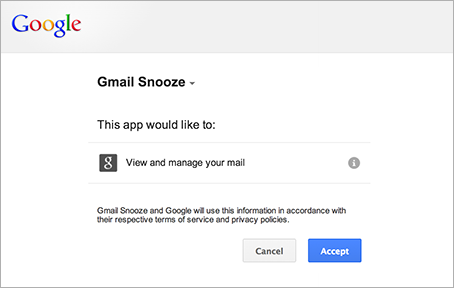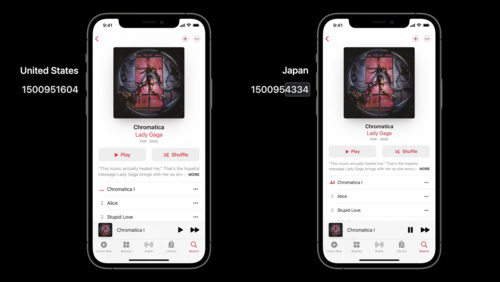
- IDENTITY API SCOPE APPROVAL UI MACBOOK HOW TO
- IDENTITY API SCOPE APPROVAL UI MACBOOK REGISTRATION
Depending on the use case for the application that you’ve created, I recommend that to take a look at the different permission scopes available and what they give allow access to in terms of corporate resources.In integration scenarios where authorization constraints are required for the API protected assets, an authorization solution will be needed to enforce the necessary, fine-grained access control.
IDENTITY API SCOPE APPROVAL UI MACBOOK REGISTRATION
The App registration has now successfully been configured.
Select the application, click Grant Permissions and then click Yes. If you’ve selected all of the currently available permissions scopes, you should see something like below. Permission scopes are now configured for this application. Read the next section of this blog post depending on the From the Select permissions blade, select the desired permissions this application should have and click Select. From the Select an API blade, select Microsoft Graph and click Select. From the Required permissions blade, click Add. Click on Settings and under API Access click on Required permissions. This will be used in the scripts to grant an access token when authenticating against Azure AD. From the App registration blade, select the newly created application. Redirect URI: urn:ietf:wg:oauth:2.0:oob. In the Create blade, enter the following details:. Locate the Azure Active Directory blade and click on App registration. Log in to with a Global Admin account. Now that we understand why need an App registration, let’s see how we can create one using the Azure portal. Why do we need to create an App registration in Azure AD for accessing the Intune resources? Simply put, the App registration is what controls the access for users within your directory and the given permissions scopes of that application outlines the actions that can be carried out on the Intune resources. For a more details about the different permission scopes, see the Intune Graph documentation: These becomes essential when we get further in this blog post as we get configure the kind of access to Intune resources the application we’re about to create will get. Read and write Microsoft Intune configuration.  Read Microsoft Intune Device Configuration and Policies. Read and write Microsoft Intune Device Configuration and Policies. Read and write Microsoft Intune RBAC settings. Perform user-impacting remote actions on Microsoft Intune devices. In such a scenario, you’d only enable specific permission scopes for your application that covers the required operations.īelow is a list of the current available permission scopes: For instance, you may want to limit the kind of access users would have when accessing corporate resources in Intune. They’re what actually grants access to different resources and their properties in Intune. Intune permission scopesīefore we continue, I’d like to highlight the importance of Permission scopes. When that post was written, we could only access the Beta reference of Intune Graph API making it irrelevant for setting up an App registration, now on the other hand things have changed and it’s time to learn how it actually works.
Read Microsoft Intune Device Configuration and Policies. Read and write Microsoft Intune Device Configuration and Policies. Read and write Microsoft Intune RBAC settings. Perform user-impacting remote actions on Microsoft Intune devices. In such a scenario, you’d only enable specific permission scopes for your application that covers the required operations.īelow is a list of the current available permission scopes: For instance, you may want to limit the kind of access users would have when accessing corporate resources in Intune. They’re what actually grants access to different resources and their properties in Intune. Intune permission scopesīefore we continue, I’d like to highlight the importance of Permission scopes. When that post was written, we could only access the Beta reference of Intune Graph API making it irrelevant for setting up an App registration, now on the other hand things have changed and it’s time to learn how it actually works. IDENTITY API SCOPE APPROVAL UI MACBOOK HOW TO
In this post we’ll cover the bullets mentioned above, especially how to create the App registration and configure the permission scopes.Ī couple of weeks ago I wrote a blog post about how to get started with Microsoft Intune and PowerShell using the Intune Graph API.
User credentials with permissions to access the tenant associated with the Azure AD Application and role permissions required to support the permission scopes of the Application. An App registration (Azure AD Application) with access to Azure AD and Graph API, in addition to permissions scopes relevant to the operation performed by the application (Azure AD Application). Accessing resources through Intune Graph APIĪccessing Intune resources by using for instance PowerShell has a list of requirements: 
This has now changed, and we therefor need to create an App Registration in Azure AD to configure who can access Intune resouces through the Intune Graph API.

We’ve had access to the Intune Graph API for some time now during it’s preview phase without any scopes or permissions. With the announcement made recently that Intune on Azure is generally available, we can now fully leverage the Intune Graph API for automation.







 0 kommentar(er)
0 kommentar(er)
